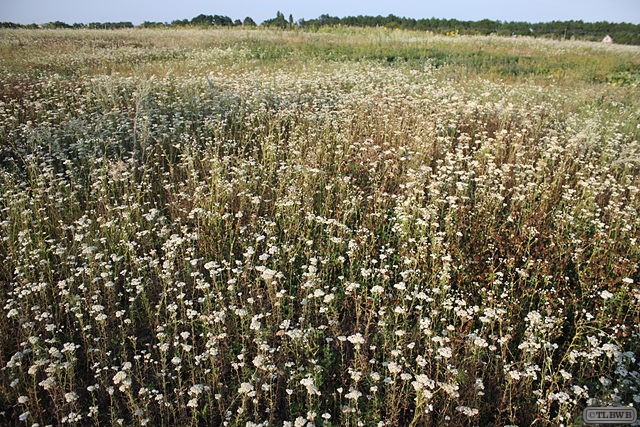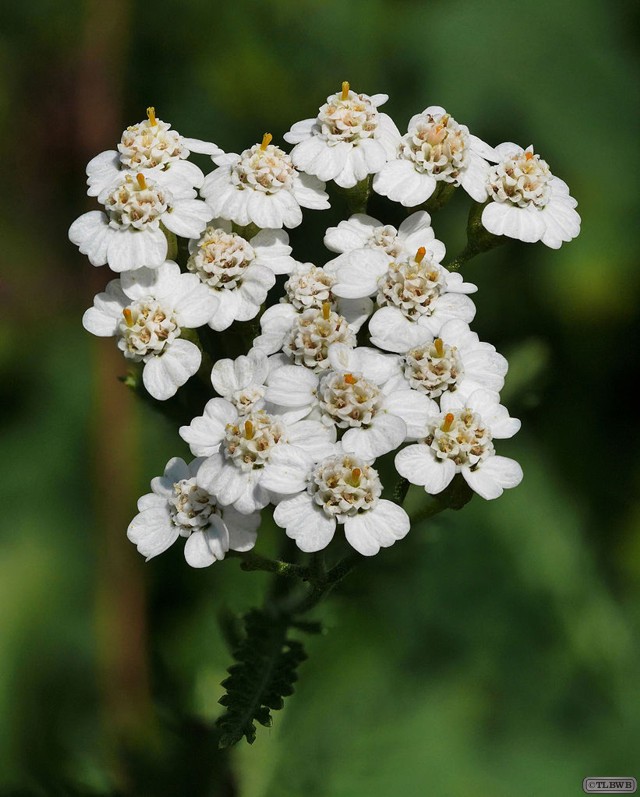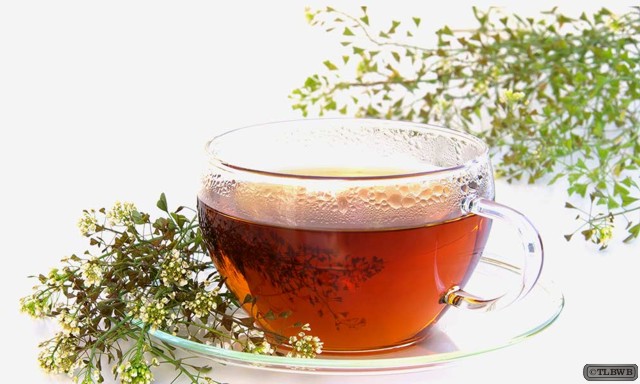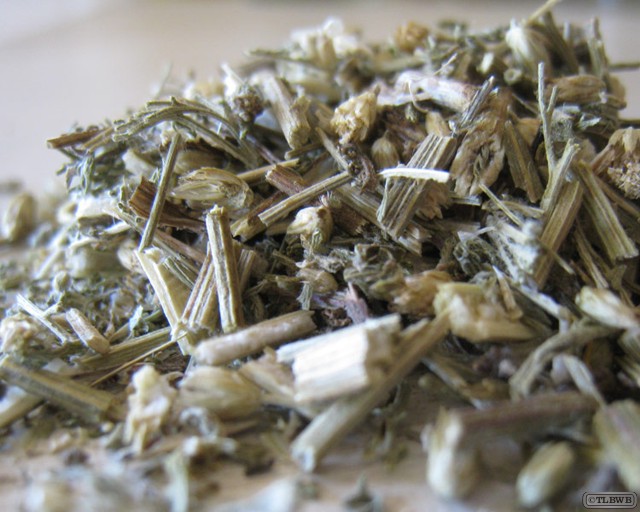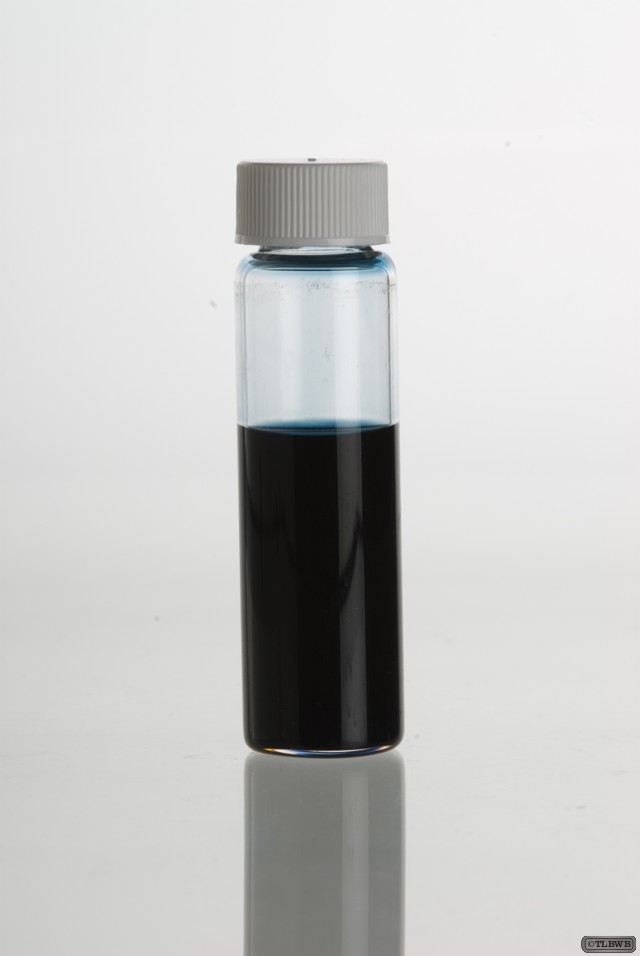Achillea millefolium, known commonly as yarrow or common yarrow, is a flowering plant in the family Asteraceae. It is native to temperate regions of the Northern Hemisphere in Asia, Europe, and North America. In New Mexico and southern Colorado, it is called plumajillo (Spanish for ‘little feather’) from its leaf shape and texture. In antiquity, yarrow was known as herbal militaris, for its use in stanching the flow of blood from wounds. Other common names for this species include gordaldo, nosebleed plant, old man’s pepper, devil’s nettle, sanguinary, milfoil, soldier’s woundwort, thousand-leaf, and thousand-seal.
Distribution
Yarrow grows from sea level to 3,500 metres in elevation. The plant commonly flowers from May through June. Common yarrow is frequently found in the mildly disturbed soil of grasslands and open forests. Active growth occurs in the spring.
The plant is native to Eurasia and is found widely from the UK to China.
In North America, both native and introduced genotypes, and both diploid and polyploid plants are found. It is found in every habitat throughout California except the Colorado and Mojave Deserts. common yarrow produces an average yield of 43,000 plants per acre, with a total dry weight of 10,500 lbs.
The plant is found in Australia as an introduction.
Herbal and Traditional Uses
The herb is purported to be a diaphoretic, astringent, tonic, stimulant and mild aromatic. It contains isovaleric acid, salicylic acid, asparagin, sterols, flavonoids, bitters, tannins, and coumarins. The plant also has a long history as a powerful ‘healing herb’ used topically for wounds, cuts and abrasions. The genus name Achillea is derived from mythical Greek character, Achilles, who reportedly carried it with his army to treat battle wounds. This medicinal action is also reflected in some of the common names mentioned below, such as staunchweed and soldier’s woundwort.
The stalks are dried and used as a randomising agent in I Ching divination.
In the Middle Ages, yarrow was part of a herbal mixture known as gruit used in the flavouring of beer prior to the use of hops. The flowers and leaves are used in making some liquors and bitters.
Traditional names for Achillea millefolium include arrowroot, bad man’s plaything, bloodwort, carpenter’s weed, death flower, devil’s nettle, eerie, field hops, gearwe, hundred leaved grass, knight’s milefoil, knyghten, milefolium, milfoil, millefoil, noble yarrow, nosebleed, old man’s mustard, old man’s pepper, sanguinary, seven year’s love, snake’s grass, soldier, soldier’s woundwort, stanchweed, thousand seal, woundwort, yarroway, yerw. The English name yarrow comes from the Saxon (Old English) word gearwe, which is related to both the Dutch word gerw and the Old High German word garawa.
Yarrow has also been used as a food, and was very popular as a vegetable in the 17th century. The younger leaves are said to be a pleasant leaf vegetable when cooked like spinach, or in a soup. Yarrow is sweet with a slight bitter taste. The leaves can also be dried and used as a herb in cooking.
Achillea millefolium has seen historical use as a medicine, often because of its astringent effects.
The dark blue essential oil, extracted by steam distillation of the flowers, is generally used as an anti-inflammatory or in chest rubs for colds and influenza.
The leaves encourage clotting, so it can be used fresh for nosebleeds. The aerial parts of the plant are used for phlegm conditions, as a bitter digestive tonic to encourage bile flow, and as a diuretic. The aerial parts act as a tonic for the blood, stimulate the circulation, and can be used for high blood pressure; it is also useful in menstrual disorders, and as an effective sweating remedy to bring down fevers.
Yarrow intensifies the medicinal action of other herbs taken with it. It is reported to be associated with the treatment of the following ailments:
Pain, antiphlogistic, bleeding, gastrointestinal disorders, choleretic inflammation, emmenagogue, stomachache.
Chinese proverbs claim yarrow brightens the eyes and promotes intelligence. Yarrow and tortoiseshell are considered to be lucky in Chinese tradition.
In classical Greece, Homer tells of the centaur Chiron, who conveyed herbal secrets to his human pupils, and taught Achilles to use yarrow on the battle grounds of Troy.
Native American Uses
Yarrow, Achillea millefolium and its North American varieties, was used in traditional Native American herbal medicine by tribes across the continent. The Navajo considered it to be a “life medicine”, chewed it for toothaches, and poured an infusion into ears for earaches. The Miwok in California used the plant as an analgesic and head cold remedy.
Several tribes of the Plains Indians used common yarrow. The Pawnee used the stalk for pain relief. The Chippewa used the leaves for headaches by inhaling it in a steam. They also chewed the roots and applied the saliva to their appendages as a stimulant. The Cherokee drank a tea of common yarrow to reduce fever and aid in restful sleep.
Among the Zuni people use the occidentalis variety medicinally. The blossoms and root are chewed, and the juice applied before fire-walking or fire-eating. A poultice of the pulverized plant is mixed with water and applied to burns. Recently it was reported that treatment with Achillea millefolium may attenuate disease severity, inflammatory responses, and demyelinating lesions in a mouse model of Multiple Sclerosis.
Dangers
In rare cases, yarrow can cause severe allergic skin rashes; prolonged use can increase the skin’s photosensitivity. This can be triggered initially when wet skin comes into contact with cut grass and yarrow together.
In one study, aqueous extracts of yarrow impaired the sperm production of laboratory rats.
British Folklore
In the Hebrides a leaf held against the eyes was believed to give second sight.
Wiccan
Yarrow was often called Woundwort or Knight’s Milfoil, thanks to its use in treatment of battle injuries. Scotland’s Highlanders use it to make a healing ointment, and in the Orkney Islands, yarrow is used to make a tea that “dispels melancholia.” Yarrow can be used in magical workings related to healing, love, and courage. Wear it on your person to boost your self-esteem and courage, or carry a bunch of dried yarrow in your hand to stop fear. A sprig hanging over the marriage bed guarantees at least seven years of passion and love. Taking a ritual bath with yarrow can help increase your psychic abilities. It can also be used to exorcise negative energies from a place or person.
The Lost Bearded White Brother

